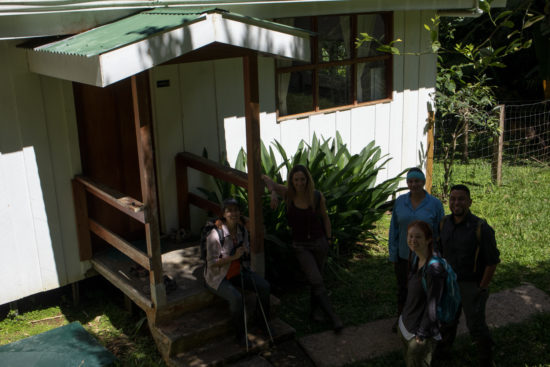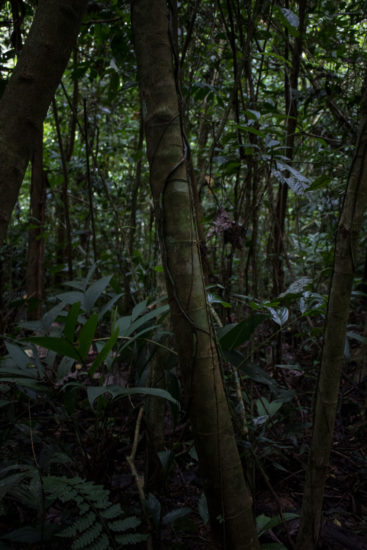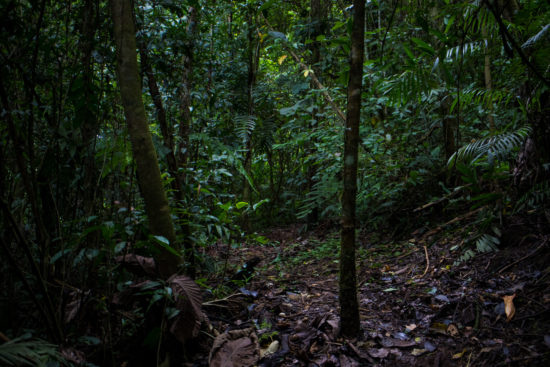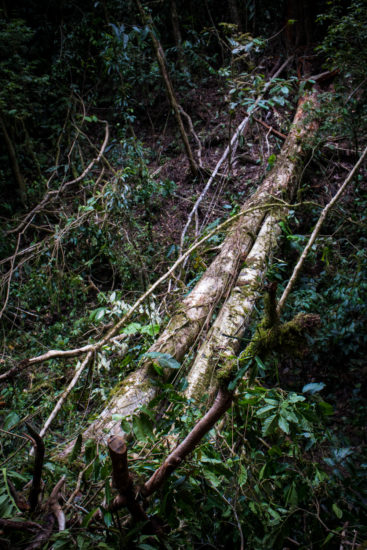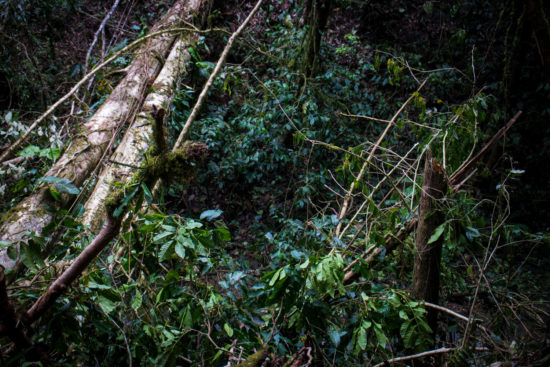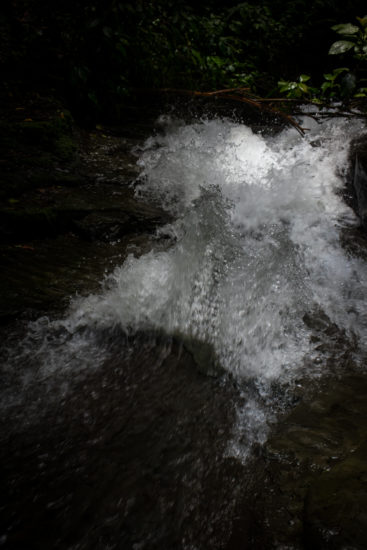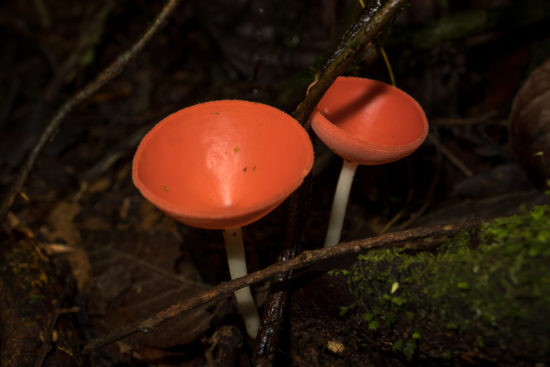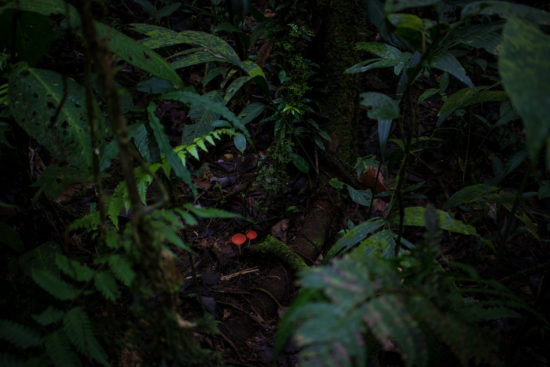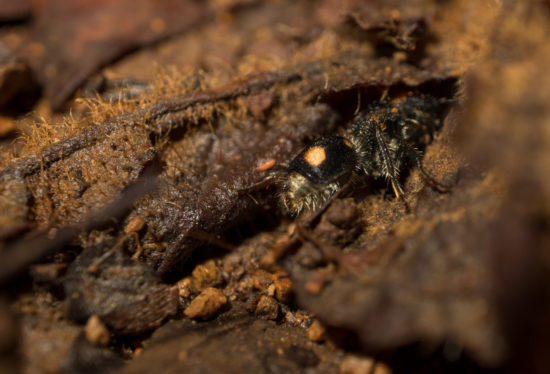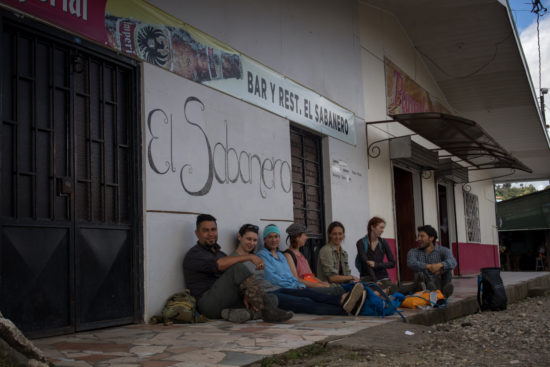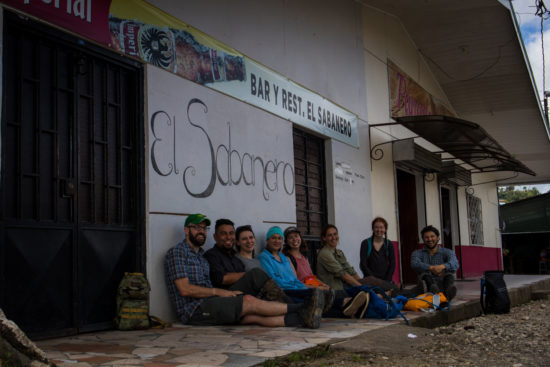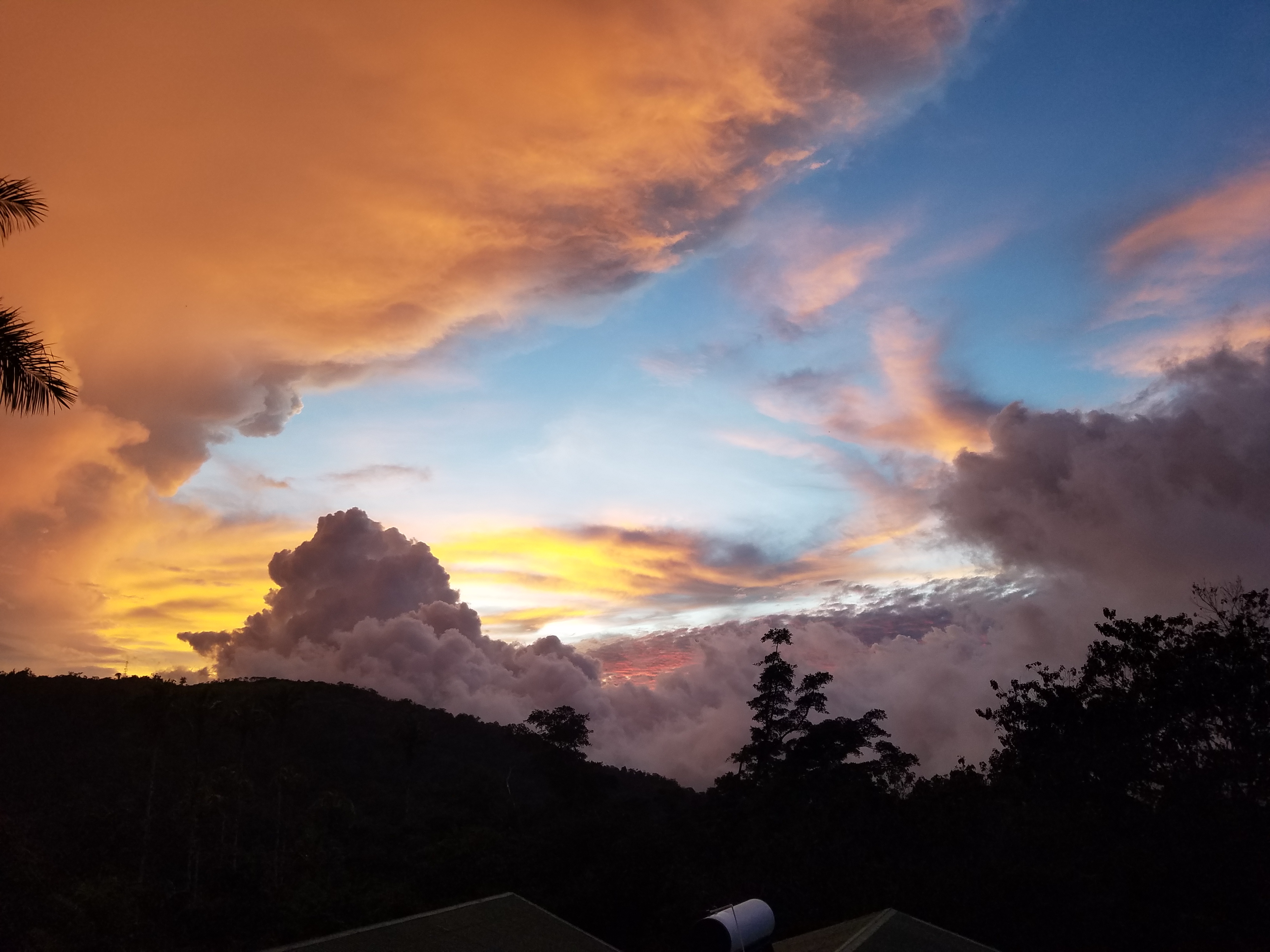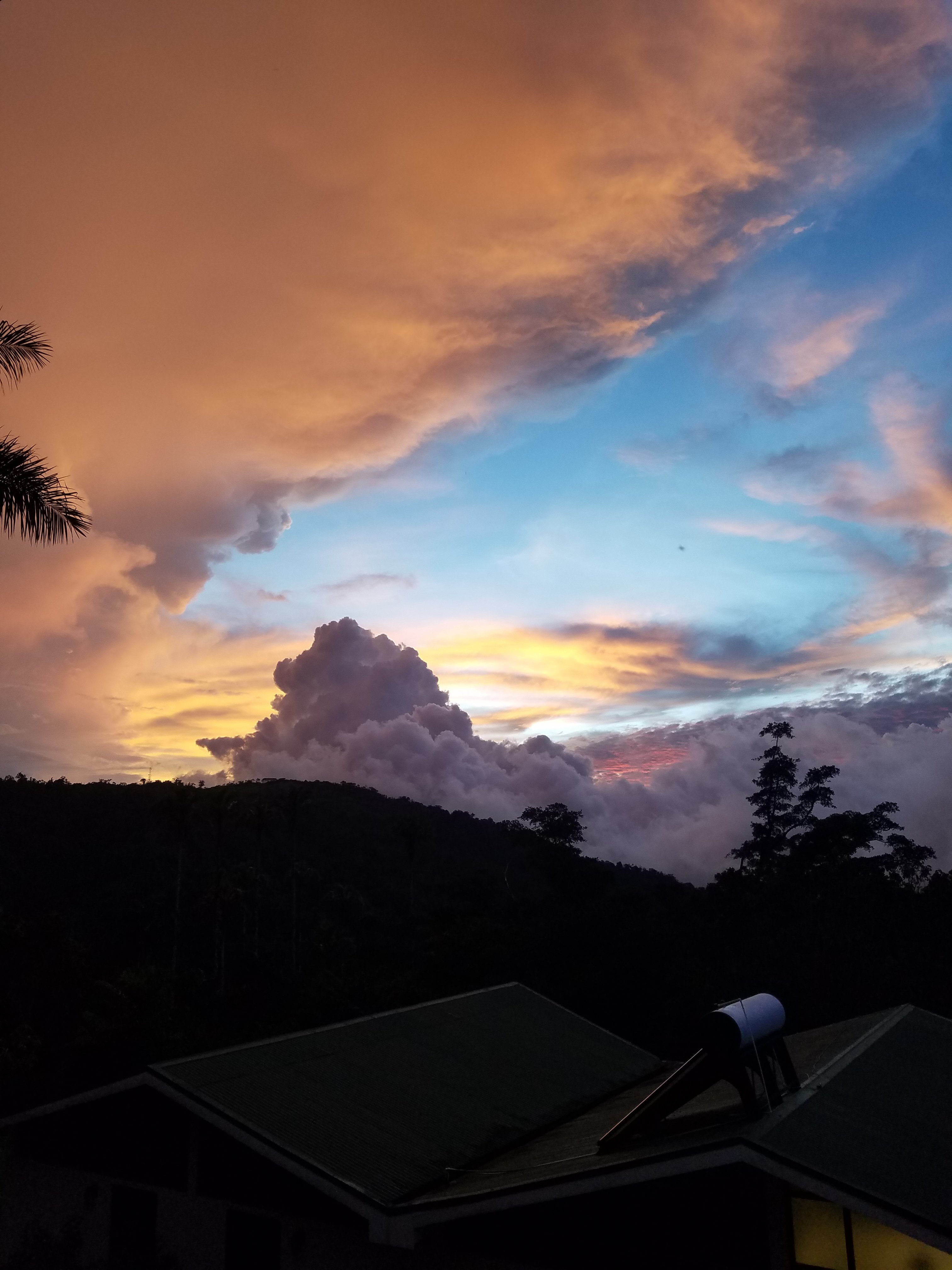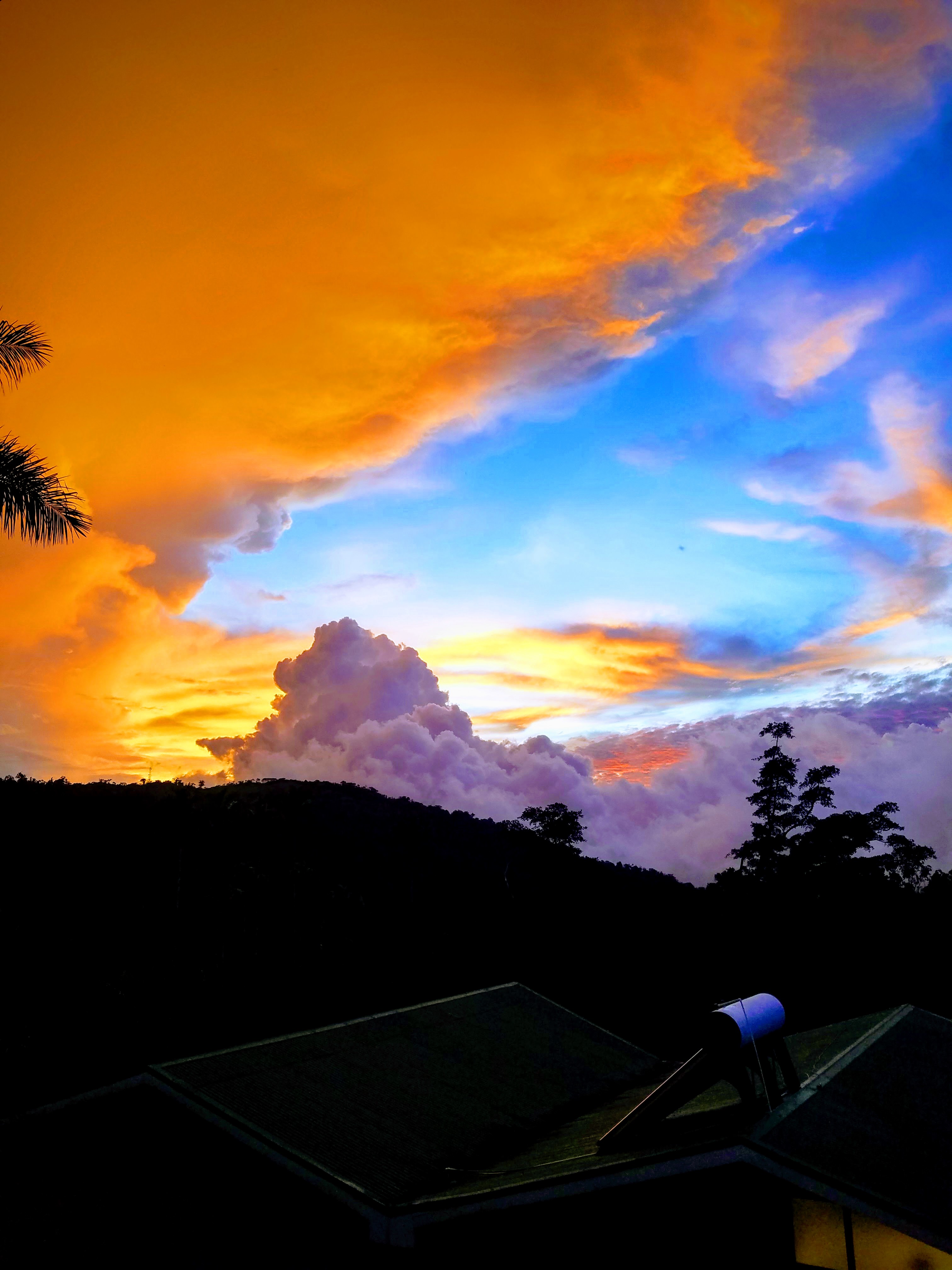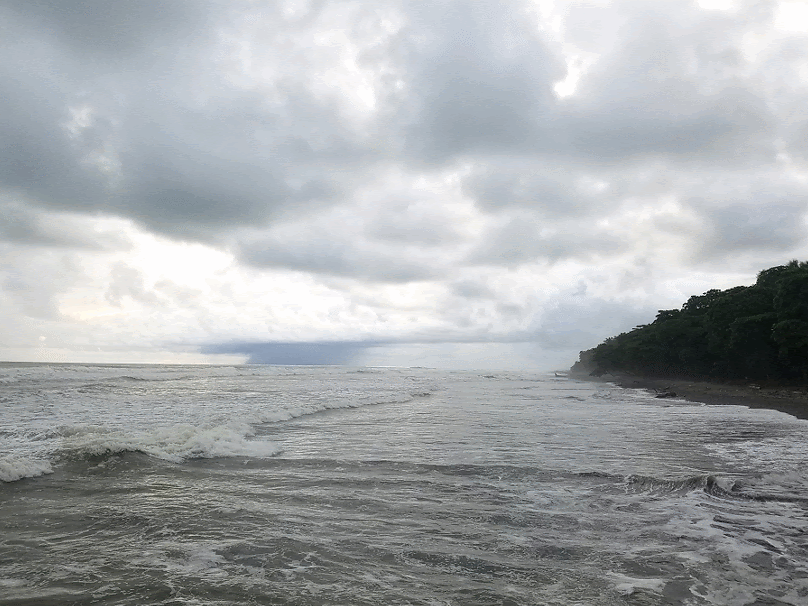One of my two students for this year’s LSAMP REU is sampling and documenting the fish communities within the rivers at Las Cruces as an extension of a previous student of mine’s project (David’s). David had discovered four species, Bryconamericanus terrabensis, Brachyrhaphis terrabensis, Rhamdia laticauda, and Trichomycterus striatus, and he had presented his work at AFS. Interestingly, at Bry. terrabensis and T. striatus, have not been reported as occurring above 1,000 meter above sea level in the literature, and he thought this could be due to (1) undersampling and reporting and/or (2) recent changes in the distribution of these fishes, possibly due to climate change. One way to find out—continued monitoring. And, hence, Ahmi’s interest.
Ahmi may be employing three survey methods (visual surveys via snorkeling, seining, and minnow trapping) and sample along the entire elevational gradient within the Las Cruces property (1,000 – 1,400 masl).
Here, Ahmi practices visual surveys—a 5-10 minute zig-zag, calling out letters that represent the most likely fishes. The water is cool and turbid, making it difficult to complete, unlike some of the rivers, like Rio Madrígal, Rio Claro and Rio Nuevo, I surveyed using similar methods years ago on the Osa Penninsula.
Next, Ahmi and Zane practice seining the same pool; the current and steep, slippery banks present some difficulty, but they do catch a few.
Seining is hard work!
Some catch from the sample, including Bry. terrabensis.





















































